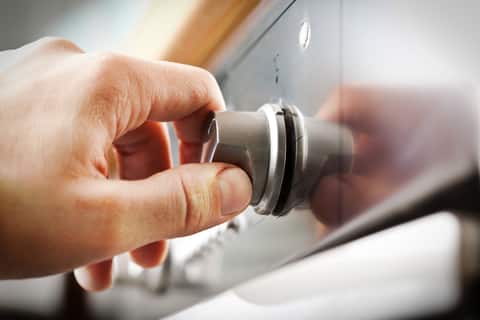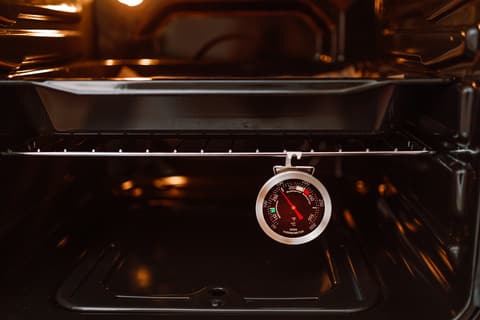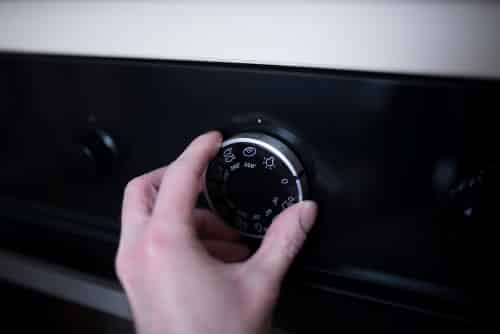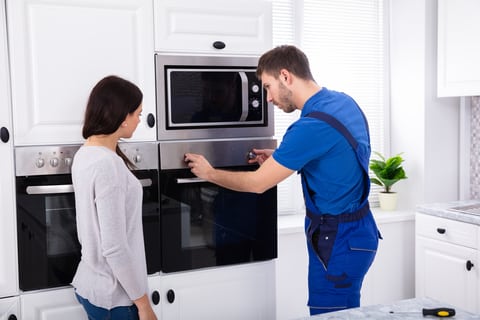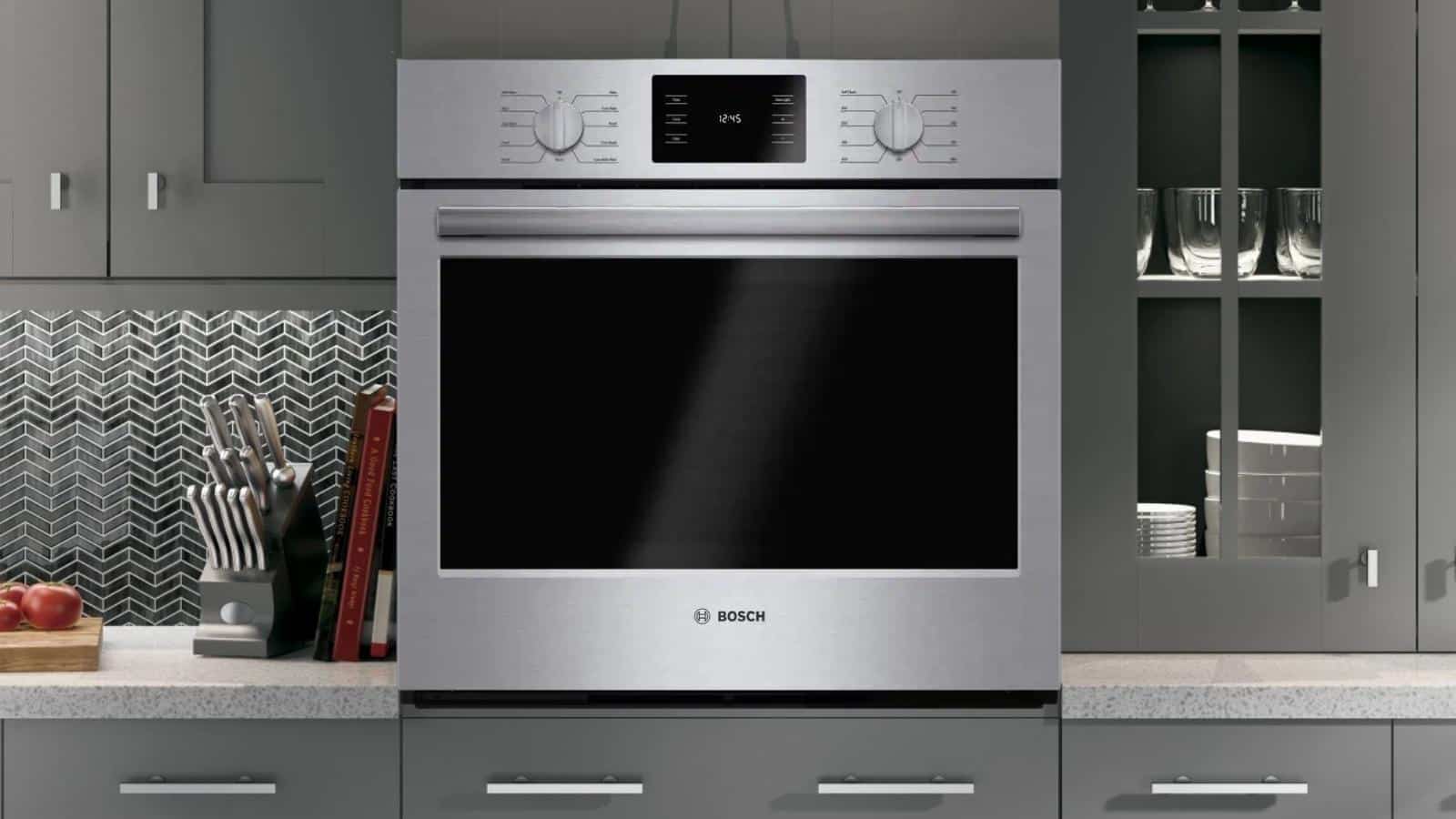
Ovens are frequently set to run much higher or lower than their prescribed temperatures to increase stability. If your oven achieves the desired results, no more adjustments are required.
However, if your prior oven operated “warm” or “cold,” or if you are dissatisfied with the baking quality and timings delivered by your present oven, you may wish to calibrate it to attain the optimal cooking experience.
Ovens are crucial for every home, but they are useless if they aren’t properly calibrated. Hence, calibration can directly influence the heating, baking performance, and temperature range.
That being said, Bosch oven temperature calibration is a sensitive matter. It has to be done using proper methods and steps.
What is the Calibration in the Oven?
Oven calibration is the act of adjusting the temperature settings on your oven to guarantee efficiency. This procedure is an excellent way to ensure that you obtain the desired outcomes while baking or grilling family favorites dishes.
Bosch Oven Temperature Calibration
When it comes to Bosch oven temperature calibration, it’s a complicated affair, because calibration differs between electric and gas ovens.
In this article, we will start with the calibration of electric ovens. There are many different ways to calibrate your oven, a few of them include:
1. Calibrating the Electric Oven Through the Thermostat
When it comes to Bosch electric ovens, calibration is much simpler as compared to ovens with digital temperature control and analog temperature control.
That’s because you only need an accurate thermometer. So let’s get to calibration, then;
- Put Thermometer
Take the oven rack and put it in the central area. Place the thermometer in the middle of the rack and shut the door.
- Set the Oven’s Temperature
Set the oven’s temperature to 350 degrees Fahrenheit and keep the thermometer inside during preheating (don’t open the door because it can lead to inaccurate settings and readings).
- Check Temperature
When the oven reaches full temperature, check the readings on a thermometer through the door (if you cannot see through the window, just open the oven door and check it yourself).
If the thermometer’s readings are high or low by 15-degrees out of 350 degrees, you’ve got to take off the temperature knob and check for the screws.
If the oven’s temperature is rising, the screws need to be turned in a clockwise direction.
However, if the oven’s temperature is dropping, turn them in an anticlockwise direction (make sure to go slow while turning the screws because a slight change in speed will escalate the temperature).
- Retest the Oven Temperature
Now, retest the Bosch oven to make sure it’s achieving the correct temperature settings. If the temperature is not on point, repeat the calibration process.
On the other hand, if your Bosch oven has digital controls, you have to check the instruction manual and change the temperature accordingly.
This is because some models have menu prompts for changing the temperature, while others use arrows. All in all, when you have the right temperature, save the calibrations by hitting the start button on the oven.
Secondly, if you are using a Bosch gas oven, the calibration for ovens with digital controls will be similar to that of a Bosch electric digital oven.
On the contrary, if there are no digital controls, the calibration will be much more complicated, which is why you should call Bosch customer care.
2. Calibrating the Temperature Knob on Your Oven
If you control the temperature of your oven with a controller knob, the temperature calibration adjustment is located within the knob itself.
There is no complicated reset technique, however, you will need to try it carefully.
- Take Away The Temperature Control Knob
Remove the temperature control knob from its fixing hole. There should be no lock or anything keeping it in position, so it should be a fast pull. It may stick and if so, must be cleansed.
- Indicate the Original Position
If it isn’t already indicated, mark the zero-point where the knob is facing the field.
The manufacturer’s default for this calibration should be directly in the middle, which is a zero-degree drift. You won’t need to specify the location if this oven has never been calibrated previously.
- Twist the Frame or Knob Screw to Calibrate
Examine the backside of your knob. If there is a calibrated arrow or pointer in the center, this is your calibration. Unlock (but do not remove) any fastening screws and spin your pointer towards the high or low temperature.
Most often, the tabs will represent 10 degrees at a time. Retighten the screws after you’ve set the setting.
- Reinstall the Knob
Replace the knob on the frame and check that it is tight.
What Happens If You Don’t Calibrate Your Bosch Oven?
Calibrating your oven is a vital step towards achieving that your food has always been cooked properly. Many individuals fail to calibrate their ovens and afterward complain about poor cooking and baking results.
For example, it can scorch the meal, causing it to be uncooked. In very extreme instances, you may be unable to control the temperature at all.
Some individuals complain about poor baking results; the dish takes far too long to cook and the topping does not brown properly. All of these difficulties should be enough to convince you of the significance of proper calibration.
If you detect meals that are especially under or overdone, it may be time to perform some repairs! Even if you aren’t experiencing any issues, it’s a smart option to double-check every few months just to be safe.
When to Call an Expert?
Woolsey says you might not be too concerned if your oven is off by 20 ° or so, a limit within which you can either adjust your cooking or calibrate the machine.
However, after you reach 30-, 40-, or 50-degree temperatures, you should consider hiring a specialist rather than calibrating the oven.
Other warning signals include the oven producing a strange sound or releasing a distinctive odor, which is especially relevant if you smell gas.
